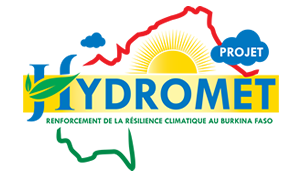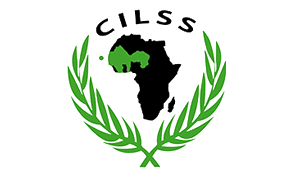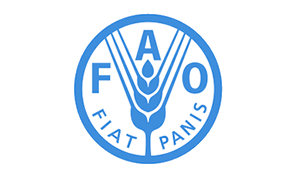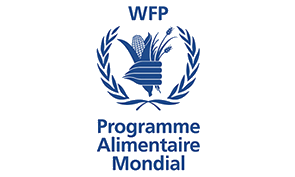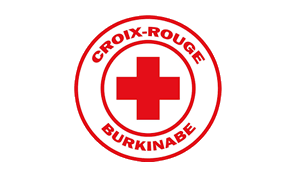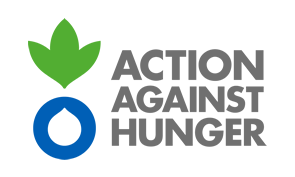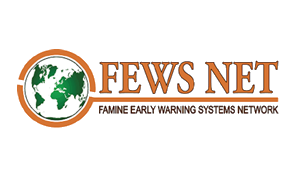Evolution of the agricultural seteur and the living conditions of households in Burkina Faso
The African Union Summit held in Maputo (Mozambique) in 2003 adopted two important resolutions to facilitate the achievement of the objectives of the Comprehensive Program for the Development of Agriculture in Africa (CAADP) and the Millennium Development Goals by in economic growth, poverty reduction, and food and nutrition security.
Under the terms of these resolutions, it is recommended that Heads of State and Government as well as development partners ensure that at least 10% of the annual public budget is allocated to agriculture in the various member states and that ‘a minimum growth of 6% is achieved in the agricultural sector.
FINANCING AGRICULTURE
The indicators analyzed in this section make it possible to compare the progress made against the Maputo budget target. These indicators reflect the profile of agricultural financing in terms of share of budget covered, actual public expenditure, distribution of public expenditure between investment and operation, between the different agricultural sub-sectors and between the different areas of intervention. .
The analysis shows that the share of the national budget allocated to agriculture in the total budget exceeds 10% with the exception of 2005 when it is 8%. Burkina Faso’s agricultural budget allocation responds to the country’s commitments in Maputo. However, this budget allocation has suffered a decline in recent years. Indeed, from an average of 20% in the years 1991-1999, it rose to 12% for the period 2000-2006. Actual expenditure in the agricultural sector also covers more than 10% of expenditure
public. On average, 70% of the budget adopted for the agricultural sector is executed. This reflects a fairly good efficiency in the execution of agricultural expenditure.
More than 80% of this expenditure is devoted to agricultural investments. In fact, during the period 1991-2006, investment expenditure represented on average 86% of total agricultural expenditure with a minimum of 80% in 1992 and a maximum of 95% in 1997. Only 12% on average of these investments are financed by the State, the remainder being covered by donors. Compared to other countries in the sub region, the effort made by the state for investment in the agricultural sector remains low. In fact, the share of investment expenditure financed by the State is 25% in Mali, 51% in Senegal and 59% in Benin.
The breakdown of financing for the agricultural sector by sub-sector shows that on average 49% of agricultural expenditure is allocated to crop production, 4% to livestock, 14% to the environment, 31% for water and hydro-agricultural development and finally 2% for research.
The spatial distribution of investment spending shows an absence of major disparities between the different regions of Burkina Faso. Regions with less favorable climates are relatively privileged in terms of investment. The Sahel and the north center each receive an average of 6% of total investments.
PERFORMANCE OF THE AGRICULTURAL SECTOR
Over the past ten years, Burkina Faso has recorded significant macroeconomic performance, with a real growth rate of 6.2% on average during the period 1995-2007. The growth rate of real GDP per capita averaged 3.2% over the period 1995-2007.
The agricultural sector occupies an important place in the economy of Burkina. It employs more than 80% of the working population and contributes on average for 33% to the formation of the GDP. The value of agricultural exports represents 90% of the total value of exports.
The added value of the agricultural sector grew by an average of 5.4% between 1990 and 1994. This growth continued and reached an average of 8% during the period 1995-1999. But the droughts in 2000 and 2004, combined with the locust invasion in 2004, slowed down this improvement by reducing the average growth rate to 3.2% between 2000 and 2004.
The agricultural sector was the main engine of the relative economic growth observed during the period 1990-1994. Out of an average growth of 1.9 points recorded during the period, 1.6 points were attributable to the agricultural sector. However, the promotion of the private sector following the liberalization of the economy enabled the secondary and tertiary sectors to improve their performance and subsequently became key sectors for economic growth.
The African Union Summit held in Maputo (Mozambique) in 2003 adopted two important resolutions to facilitate the achievement of the objectives of the Comprehensive Program for the Development of Agriculture in Africa (CAADP) and the Millennium Development Goals by in economic growth, poverty reduction, and food and nutrition security.
Under the terms of these resolutions, it is recommended that Heads of State and Government as well as development partners ensure that at least 10% of the annual public budget is allocated to agriculture in the various member states and that ‘a minimum growth of 6% is achieved in the agricultural sector.
FINANCING AGRICULTURE
The analysis by sub-sector revealed that the crop production sub-sector contributes on average 60% to the formation of agricultural value added. The livestock and environment sub-sectors (fishing, hunting and forestry) contribute on average 28% and 12% respectively to the creation of added value in the sector.
The cultivated areas are increasing by an average of 2.3% per year and in 2006 reached 4,105,069 ha, or 45.6% of the cultivable areas. If this trend continues, Burkina Faso agriculture will exhaust its arable land by 2030. This increase in sown areas is explained by population growth given that the area per worker has remained practically constant per worker over the past fifteen years. (it is estimated at 0.66 ha on average).
In the crop production sub-sector, physical productivity (yield) increased on average by 2.2% over the period 1990-2006. This performance recorded in this sub-sector is attributable to the combined efforts of the State and donors for the modernization of agriculture. In fact, the proportion of households using harnessed or motorized equipment rose from 38.6% in 1993 to 60.5% in 2006. The fertilized areas went from 15% during the period 1993-1996 to 29% in 2006. This increase in the proportion of areas fertilized was also accompanied by an increase in the doses of fertilizers per hectare, in particular for cash crops and cereals.
Burkina Faso’s agriculture is dependent on rainfall. The irrigated areas represent only 0.63% of the total cultivated areas and 12.2% of the irrigable potential. Irrigation, although essential for the development of agriculture in Burkina Faso, still remains marginal in terms of the developed areas exploited.
The analysis of the marketing of agricultural products shows a weak marketing of food products. Indeed, the cereal marketing rate is on average equal to 9%. However, cotton, which is the main cash crop, is marketed for 90% of production. It is also Burkina Faso’s main export product, followed by livestock.
Cotton represents on average 70% of total Burkina exports. This weak marketing of food products is explained by the fact that production is mainly intended for self-consumption and the gains in terms of productivity observed are not sufficient to generate a significant surplus for marketing.
The remuneration of producers through the market has improved with the increase in producer prices that occurred after the devaluation of the CFA Franc. However, this increase in producer prices is offset by the rise in the cost of living. The study shows that the consumer price index grows faster than the crop producer price index except in deficit years when product prices rise above the cost of living.
The producer price of cotton, which is the main export product, varies with the international price, but to a lesser extent. The fall in the international cotton price is not fully reflected in the producer price as well as its rise. Cotton companies play a role in stabilizing producer prices.
LIVING CONDITIONS OF HOUSEHOLDS
During the period 1994 – 2003, poverty increased from 44.5% to 46.4%, an increase of 1.9%. Undernourishment measured through the incidence of energy poverty fluctuates given its strong link with the agricultural season. From 48.61% and 46.50% respectively in 2003 and 2004, it fell to 32.82% in 2006.
The analysis of the different sources of income of rural households shows that the agricultural sector constitutes the main source of income for the latter. In fact, in 2006, 78.4% of the total income of agricultural households came from agriculture.
